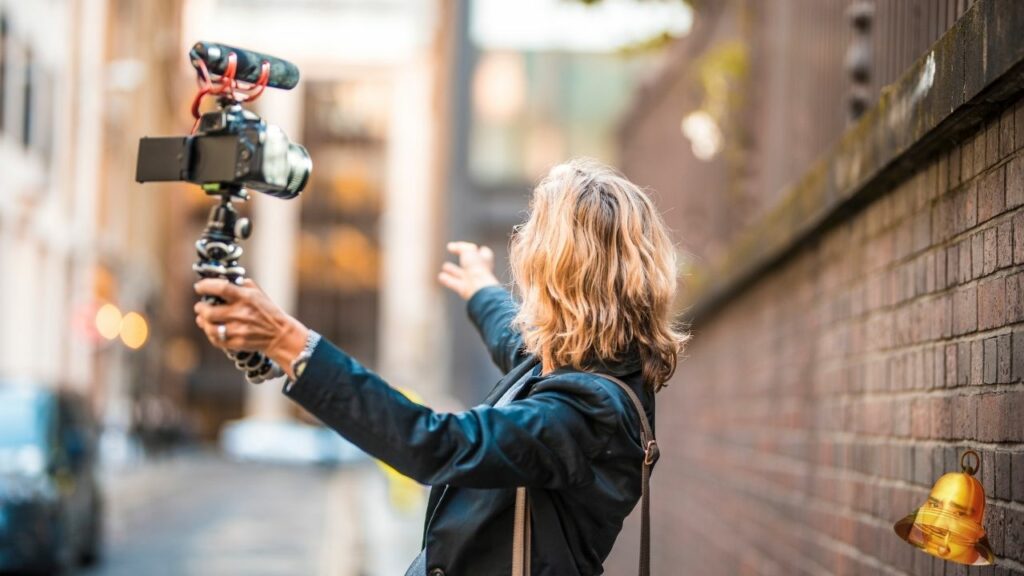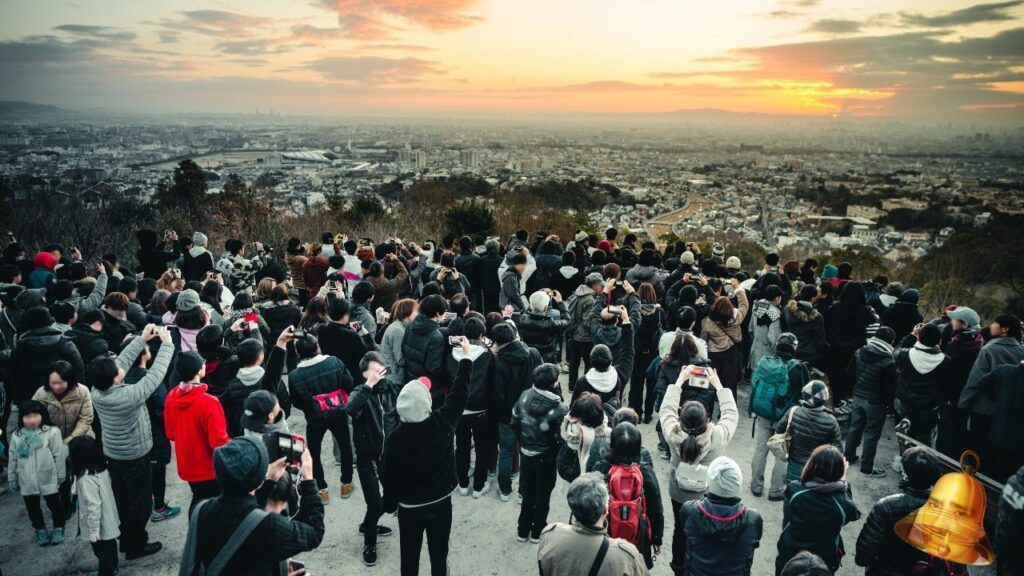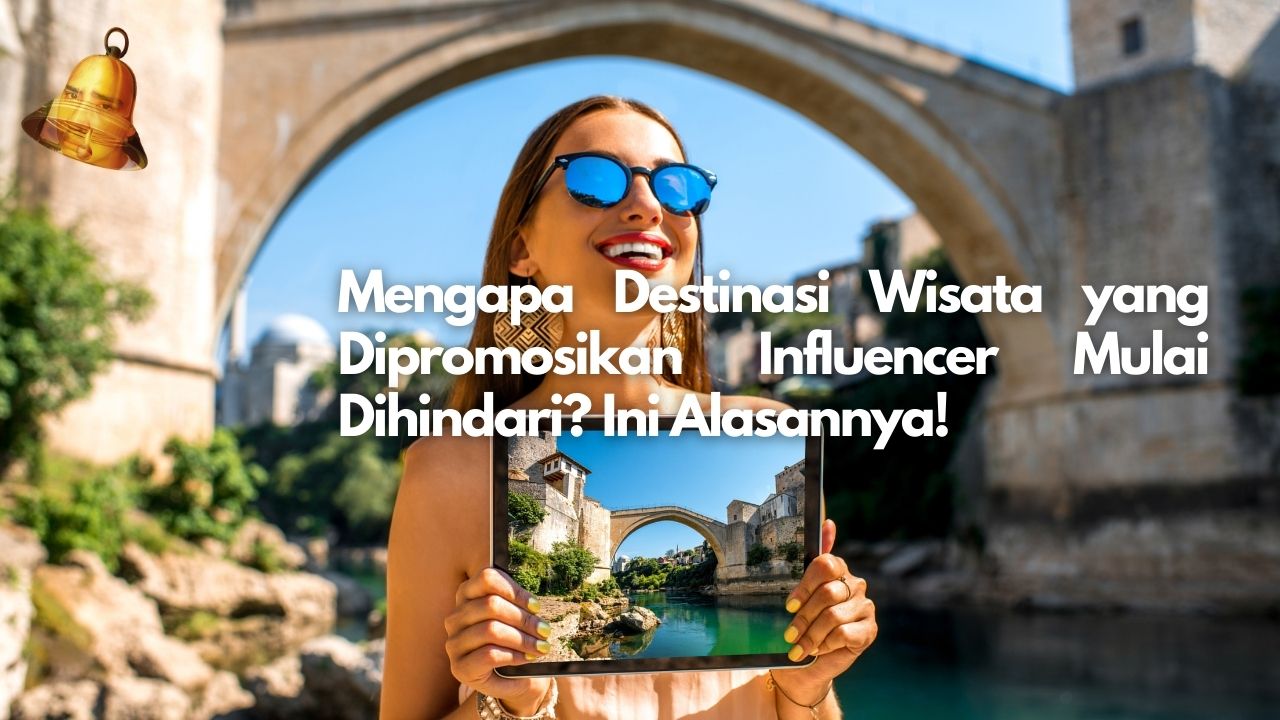In the digital age, social media and influencers are often the main “guides” for choosing a holiday destination. Places like Santorini in Greece or the Amalfi Coast in Italy have gone viral thanks to Instagrammable photos shared by celebrities online. But lately an interesting trend has emerged: more and more travelers are deliberately avoiding these popular locations. What is driving this change? Let’s explore the reasons behind the phenomenon of “anti-influencer tourism” that is on the rise in 2025.
Overtourism, Tourist Destinations That Are Too Crowded
Destinations promoted by influencers often experience a sudden surge in visitors. A prime example is Santorini, Greece. Since going viral on Instagram in 2013, the number of tourists there has skyrocketed from thousands to 3.4 million per year, a figure that far exceeds its permanent population of just 20,000. As a result, the island has been dubbed “Instagram Island” and has been forced to impose visitor limits by 2025 to ease overcrowding.
According to Jan Luescher, CEO of social network Asmallworld, overtourism is not only ruining the tourist experience, but also disrupting the lives of local residents. "Both hidden and popular destinations are affected: infrastructure is overwhelmed, property prices are soaring, and local culture is eroded," he said.
Looking for a More Authentic Experience

Millennials, Gen X, and some Gen Z now prefer personal travel and are not tied to the "standard itinerary" of social media. They want to explore places that are not widely known, so they can enjoy the moment without having to jostle with other tourists.
Expedia's platform calls this trend "detour destinations," alternative locations that are similar to viral destinations but less crowded. For example, Puglia in Italy replaces the Amalfi Coast, the Azores replaces Madeira, or Slovenia instead of Croatia. These destinations offer similar beauty without the crowds, allowing travelers to experience the peace and authenticity of the local culture.
Fatigue of "Fabricated" Content

Perfect photos on social media often don't reflect reality. Many travelers are disappointed when they visit a viral spot only to find long lines, crowded photo spots, or views that don't match their expectations. This phenomenon is called "Instagram vs. Reality," when a destination looks much more beautiful on a phone screen than it does in real life.
Jan Luescher added, "Travelers are starting to realize that travel is not just about collecting likes, but about creating meaningful memories." They are more interested in activities like camping in the woods, taking part in local cultural workshops, or exploring remote villages.
A More Critical Young Generation

Gen Z, who were once the primary users of platforms like TikTok and Instagram, are now becoming more selective. Surveys show that 79% of Gen Z are tired of overly “packaged” digital content, including travel recommendations from influencers. They prefer trusted sources like independent travel blogs or recommendations from small communities on Reddit.
In fact, some Gen Zers are becoming "anti-influencers" by deliberately choosing destinations that are not heavily promoted. "They want to look unique, not just follow trends," explained Jasmine Bina, a cultural trends researcher.
Environmental Impact and Sustainability Awareness

Overtourism not only ruins the holiday experience, but also leaves a huge ecological footprint. Destinations like Venice or Bali are facing problems with waste, water pollution and coral reef damage due to mass visits. This is pushing tourists to turn to sustainable tourism, such as choosing eco-friendly accommodation or destinations that impose a "tourist tax" for conservation.
For example, Komodo National Park in Indonesia has begun to limit visitors and educate tourists about nature conservation. Destinations like this attract travelers who care about the environment.
The Future of Tourism, Will Influencers Adapt?

Although the "anti-influencer" trend is on the rise, it doesn't mean that the role of influencers is gone altogether. Many content creators are now turning to promoting alternative destinations or campaigning for "responsible travel." For example, encouraging tourists to visit during the low season or avoiding activities that damage the environment.
Platforms like Hobo.Video even work with niche influencers (micro-influencers) who focus on authentic travel stories, not just aesthetic photos. With this approach, influencers stay relevant without contributing to overtourism.
Conclusion
These changing trends reflect the evolution of traveler preferences: from photo ops to immersive, responsible experiences. Viral destinations may be here to stay, but interest in “hidden” and sustainable places is expected to grow. For industry players, this is a challenge to balance promotion with preservation. For travelers, it’s an opportunity to explore the world in a more meaningful way—without having to follow the mainstream.


